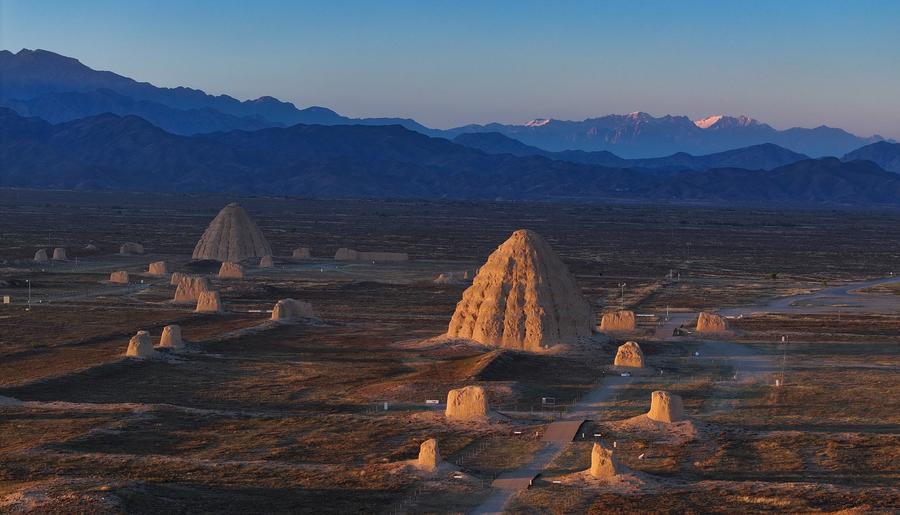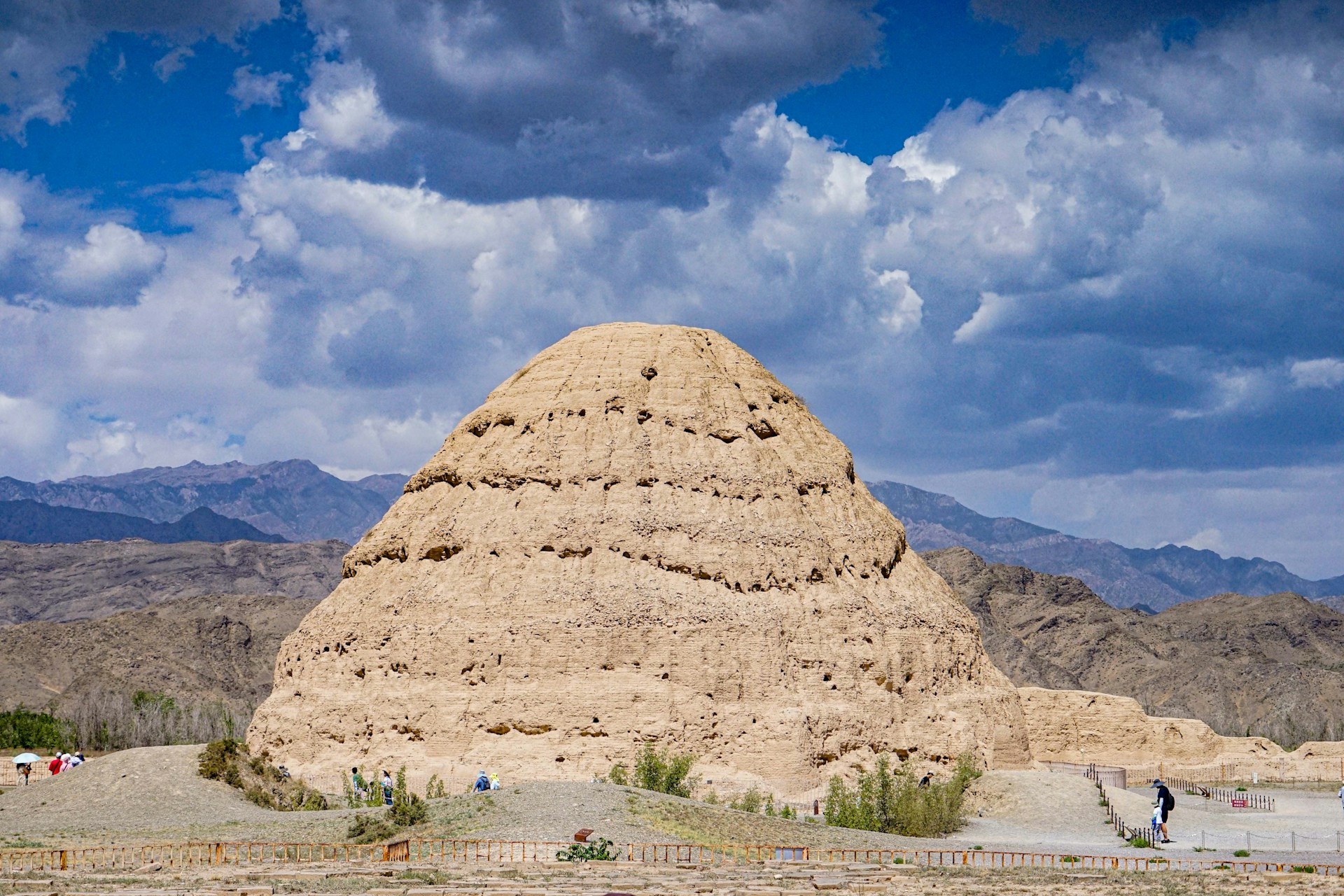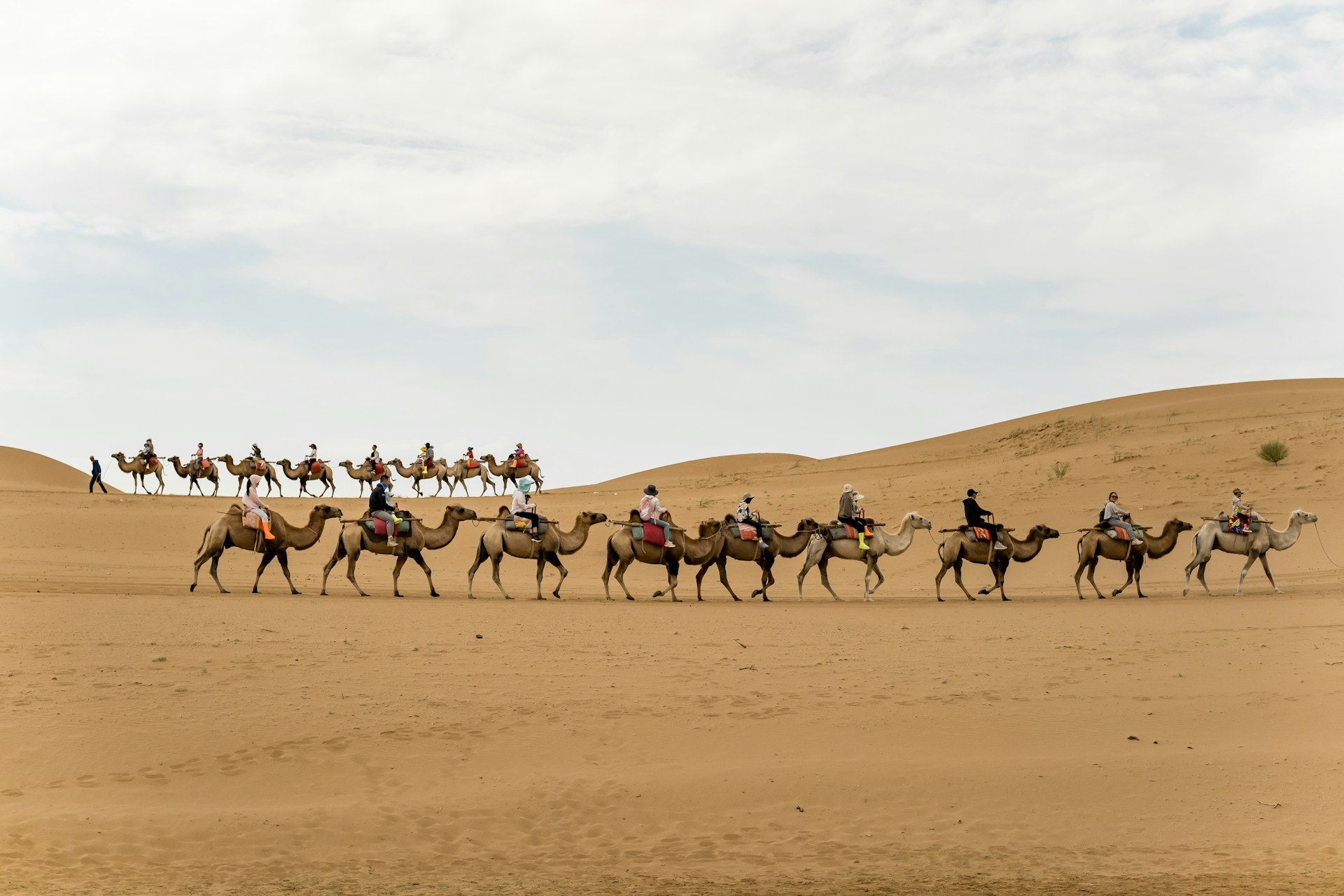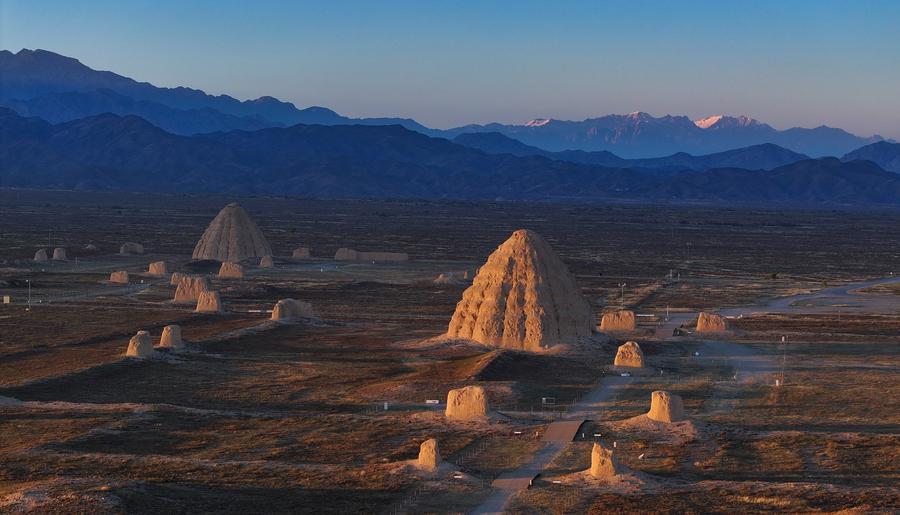Ancient Tombs, Imperial Ghosts, and the Silk Road: China’s Newest UNESCO World Heritage Site Is Seriously Epic!
China’s latest World Heritage Site isn’t just an ancient ruin; it’s a sprawling, mysterious necropolis straight out of an epic fantasy!
Tucked away in the windswept deserts near Yinchuan, in northwest China’s Ningxia region, the Western Xia Imperial Tombs have just been officially recognised by UNESCO, making them China’s 60th World Heritage site.
Related entries to add to your Bookitlist
Known as the "Pyramids of the East," this massive burial complex is like a dusty time capsule from the Western Xia dynasty (1038–1227)—a powerful and now-obscure empire ruled by the nomadic Tangut people, whose culture blended Tibetan, Chinese, and Central Asian influences. Think camel caravans, imperial intrigue, and Silk Road swagger.
Spanning 40 square kilometres, the site includes nine imperial mausoleums, more than 270 smaller tombs, flood-control trenches, altars, ceremonial buildings, and some seriously haunting desert scenery. Even cooler? Many of the tombs are aligned using feng shui principles, facing the Helan Mountains and the Yellow River in perfect harmony with Tangut geomantic beliefs.
And the treasures? Oh yes. Over 7,000 artefacts have been unearthed here—from carved stone beasts and ancient jewellery to fragments of armour and roof tiles shaped like mythical creatures. The tombs reveal a sophisticated civilisation that excelled in architecture, metalwork, and ceramics, and held a strategic position along the fabled Silk Road.

The National 24 Hour Three Peaks Challenge
2 nights from
£497.00pp
The structures themselves are like nothing else in China. Most are made of rammed earth, with pagoda-like mausoleums and round-walled stele pavilions you won’t find in any other imperial tombs. Some tomb chambers are even built like underground caves—mirroring the Tangut tradition of earthen homes.
The dynasty met its dramatic end in 1227, when the Mongols swept in and toppled their empire. But the tombs survived, abandoned but eerily intact, weathering centuries of sandstorms and silence.
Excavation only began in the 1970s, and protection ramped up in the decades since. Now, with UNESCO status secured, the site is poised for a new chapter—as a must-see stop on China’s growing map of cultural wonders.
As China’s Vice Minister of Culture, Rao Quan, put it: the country remains “steadfast in fulfilling its obligations under the World Heritage Convention.” Translation: don’t expect them to stop at 60 sites
So if you’re a history buff, a Silk Road romantic, or just love a good ancient mystery, this might be your next desert adventure. Just don’t disturb the emperors.
Feeling Inspired? Check out some related holidays from our partners!















